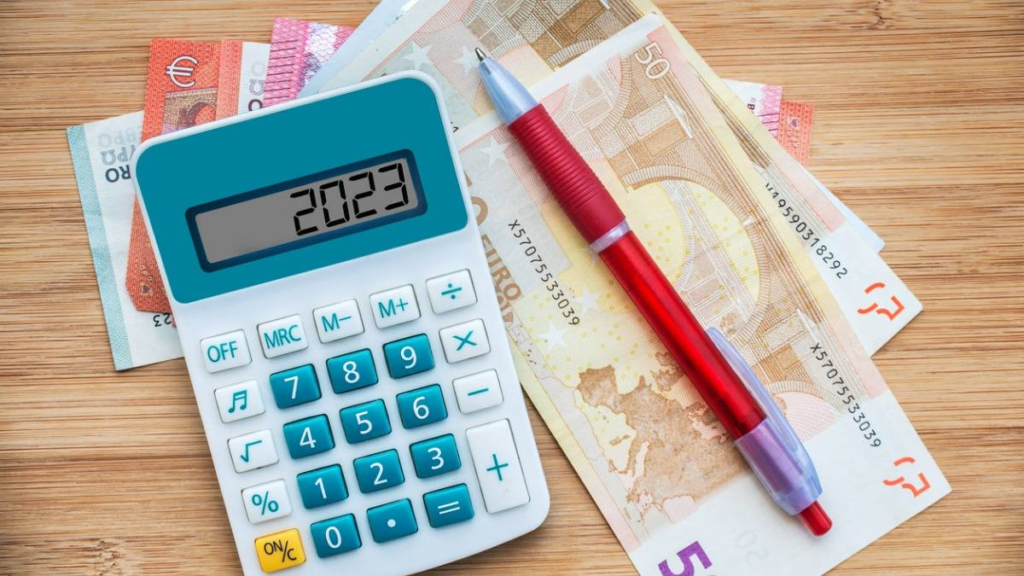
Germany has established itself as one of the most popular destinations for international students. With its world-class education system, research opportunities, and affordability, it attracts students from all corners of the world. However, to study in Germany, international students must meet several requirements, and one of the most critical among them is proof of financial resources, often fulfilled through a Blocked Account. This article delves into what a blocked account is, why it is necessary, and how to set one up. By the end of this guide, you will have a thorough understanding of the process involved and why it is essential for your German student visa.
What is a Blocked Account?
A Blocked Account (Sperrkonto) is a special type of bank account that international students use to demonstrate they have sufficient funds to cover their living expenses in Germany. This account gets its name from the fact that the money deposited in it is ‘blocked’—it cannot be withdrawn until the student arrives in Germany and starts their studies.
The German government mandates that international students prove they have enough financial resources to support themselves during their stay. As of 2024, the minimum amount that must be available in a blocked account for one year is €11,208, which equates to a monthly withdrawal limit of €934. This amount is designed to cover basic living expenses such as rent, food, health insurance, and transportation.
Why is a Blocked Account Necessary?
The German government requires all international students to show proof of financial stability as part of the student visa application process. This is to ensure that students can afford to live in Germany without becoming dependent on government financial aid. By having a blocked account, students demonstrate they have the financial means to live in Germany without working full-time, which is usually restricted under student visas.
Who Needs a Blocked Account?
- Non-EU/EEA students: Students from outside the European Union (EU) and the European Economic Area (EEA) must typically open a blocked account.
- EU/EEA students: Although EU/EEA students generally do not need a blocked account, they may still need to show proof of financial means. However, they can do this through other methods like providing a parent’s income statement or a scholarship award letter.
How to Open a Blocked Account for Germany
Opening a blocked account is a relatively straightforward process, but it involves a few key steps. Several banks and financial institutions offer blocked account services, including Deutsche Bank, Expatrio, Fintiba, and Coracle.
Step-by-Step Guide to Opening a Blocked Account
- Choose a Bank or Provider: Before you can open a blocked account, you need to choose the right provider. While some students opt for traditional banks like Deutsche Bank, others prefer digital platforms like Fintiba or Expatrio, which specialize in services for international students. Each provider has its benefits, including processing time, costs, and ease of access. Here’s a quick breakdown:
- Deutsche Bank: A well-established traditional bank with strict procedures.
- Fintiba: A fast, convenient, and entirely online service that partners with German banks to offer blocked accounts.
- Expatrio: Another popular option that offers a fully digital process and additional services like health insurance.
- Fill Out the Application: Once you’ve selected a provider, you need to fill out an online application. This will typically include personal details such as your name, passport number, and address. Depending on the provider, the process might take a few days or even weeks. The bank or service provider may also ask for copies of the following:
- Passport
- University acceptance letter
- Proof of residence (if applicable)
- Deposit the Required Amount: After your application is approved, you will need to transfer the required funds into your blocked account. As of 2024, this amount is set at €11,208 for one year of study. You will also be responsible for covering any transaction fees associated with international transfers, so be sure to factor these into your total deposit.
- Receive Confirmation: Once the bank has received your deposit, they will issue you a Blocked Account Confirmation. This document is crucial for your visa application because it proves to the German authorities that you have the required funds. The confirmation letter will include:
- The amount deposited
- The withdrawal limit (currently set at €934 per month)
- The account holder’s information
- Use the Account After Arrival: Once you arrive in Germany, you will need to activate your blocked account. Usually, you will need to visit a local bank branch or provide proof of arrival to the provider (if using a digital service). After the account is activated, you can start withdrawing up to €934 per month.
Blocked Account Providers: Pros and Cons
While several providers offer blocked account services, it’s essential to weigh the pros and cons of each before making a decision.
Deutsche Bank
Pros:
- Long-standing reputation and reliable banking infrastructure
- Physical branches across Germany
Cons:
- Lengthy and complex application process
- Requires in-person visits for account setup and activation
Fintiba
Pros:
- Fully online application process
- Fast processing time (typically 1–2 weeks)
- Additional services like health insurance and SIM cards
Cons:
- Slightly higher fees compared to traditional banks
- No physical branches for support
Expatrio
Pros:
- Easy, digital process with a fast turnaround
- Offers health insurance and other essential services
Cons:
- Additional fees may apply
- Limited customer support options compared to traditional banks
Common Questions About Blocked Accounts
1. How Much Does It Cost to Open a Blocked Account?
The cost of opening a blocked account varies depending on the provider. For instance, Fintiba charges a one-time setup fee of around €89 and a monthly service fee of €5. Deutsche Bank, on the other hand, may charge different fees based on their services.
2. Can I Withdraw More Than €934 per Month?
No, the monthly withdrawal limit of €934 is strictly enforced by the German government. This ensures that students have enough money to cover their expenses for the entire duration of their stay.
3. What Happens If I Don’t Use All the Money in My Blocked Account?
If you do not use the full amount in your blocked account, the remaining balance can either be returned to you or carried over for the next year of study. However, this depends on the terms and conditions of your account provider.
4. Can I Work While Studying to Supplement My Income?
Yes, international students in Germany are allowed to work part-time. However, working more than 120 full days or 240 half days per year requires a special permit. Note that a blocked account is still mandatory, even if you plan to work part-time.
5. Is There an Alternative to a Blocked Account?
While the blocked account is the most commonly used method for proving financial resources, there are alternatives. These include:
- A scholarship that covers your living expenses
- A sponsor’s declaration from a person who agrees to support you financially
- Proof of other assets or regular income
Conclusion
A blocked account is a fundamental requirement for non-EU students planning to study in Germany. It serves as proof of financial resources and ensures you can cover your living expenses throughout your stay. The process of opening a blocked account may seem daunting at first, but with careful planning and the right provider, it can be completed smoothly. By choosing the right provider, ensuring you have the correct documentation, and depositing the required funds, you will be well on your way to securing your student visa and starting your academic journey in Germany.
Make sure to thoroughly research each provider, understand the fees, and follow the necessary steps to ensure a seamless experience when setting up your blocked account.


